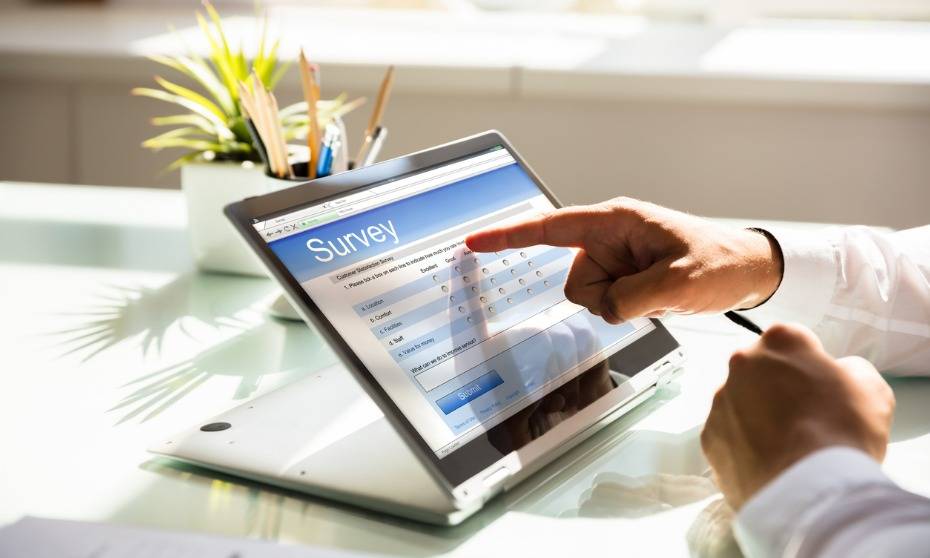
Given the increasing shift to remote work, how can remote employees be engaged? Mike Carden, CEO of Joyous, shares his thoughts

I’m often asked what I think the most important tool is for carrying out good HR practice. It’s a complex question; HR is a broad field and the way it’s executed across different workplaces and industries can vary wildly.
In some, HR still takes on a very “nuts and bolts” function, engaging directly with employees on a daily basis and working closely with other departments like accounts and payroll.
Conversely, we’ve also seen some HR departments divest themselves from these sorts of functions and move towards a more visionary role within the company, with the aim of driving wider company culture and employee experience.
I’d wager that for most of you reading, there’s probably a foot in both camps.
With this in mind, I’m a staunch advocate that feedback is one of the most critical tools we have as HR professionals, irrespective of the specific nature of your role. Whether it’s being given or received, feedback is critical for HR to carry out their role of supporting staff effectively.
In practical terms, it helps drive employee engagement, across all levels of the company. Engaged employees are going to produce better work. No matter where you sit within an organization, you need to receive feedback in order to know how we can perform better within our roles.
In turn, we need to be able to give feedback to help improve the company around us, and drive better conditions so that we can do our best work. Having an open environment to give and receive feedback is of critical importance.
For an object lesson, we don’t need to look any further than the current pandemic. Many companies around the globe are just now beginning to realise the necessity of regular feedback to ensure that their employees are actually engaged with their work.
With the drastic shift to remote working arrangements, you don’t have the chance to incidentally touch base with staff the way you might ordinarily in an office environment.
From an HR perspective, it’s imperative to realise that remote work is going to be here to stay for the foreseeable future. There’s differing situations all around Australia – let alone the world – and employees understandably aren’t necessarily going to feel safe returning to the office as yet.
So if you’re looking to facilitate better engagement with employees during this time, feedback is the best place to start. Do employees feel safe giving feedback? If not, why not? How can you change that perception? What sort of data are you gathering? Are feedback sessions prioritized? Is employee feedback acted on?
That said, management’s expectations around feedback and engagement need to be adjusted and tailored, even down to an individual employee level. I’ve mentioned before that large-scale solutions aren’t always effective for small-scale problems. Rather, they tend to have a flattening effect; the needs of the majority might be met, but smaller individual needs can go totally neglected.
Additionally, the usual model of formal catch-ups every 3-6 months isn’t going to cut it at the moment – it’s simply not reflective of the reality that employees are living in day-to-day at this point in time.
Attempting to rigidly trying to adhere to those patterns is going to ensure that serious issues go overlooked, most likely until it’s too late. What’s right for your company is going to vary, but it may be as simple as the occasional email, or touching base once a week with employees via Skype.
Considering these implications can put your HR department – and by extension – onto a better path during this period. Having an effective feedback system in place can help your people feel more connected and facilitate better engagement, even as you’re working separately.
Interested in curating a feedback-driven culture in your business? Joyous are hosting a series of webinars on creating an inclusive feedback culture - session times and more details here